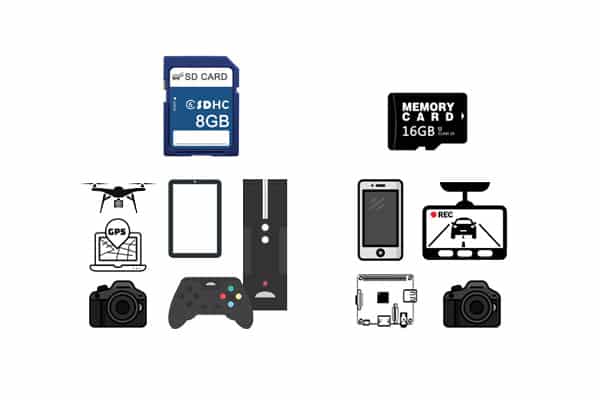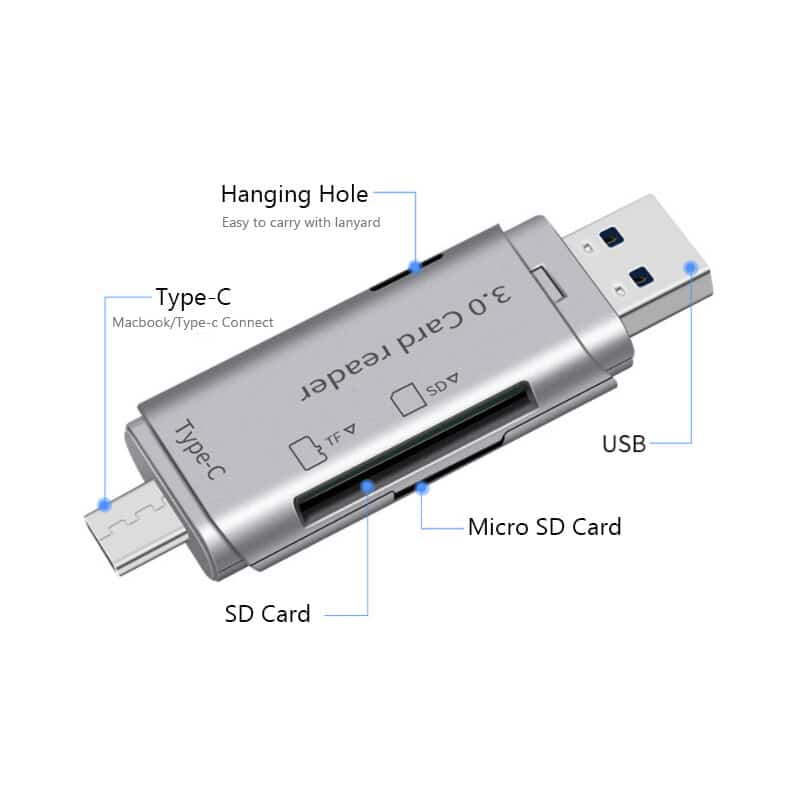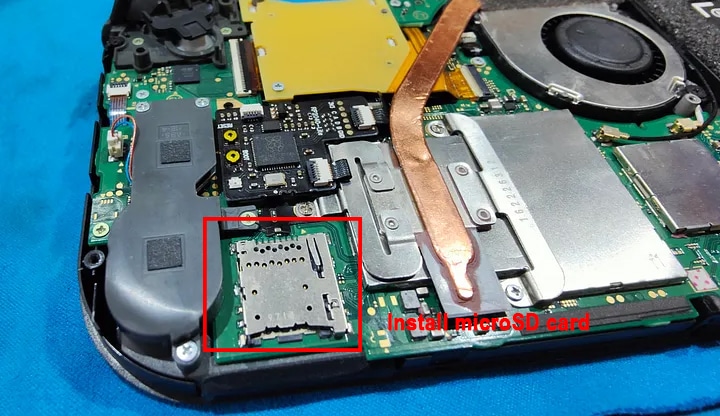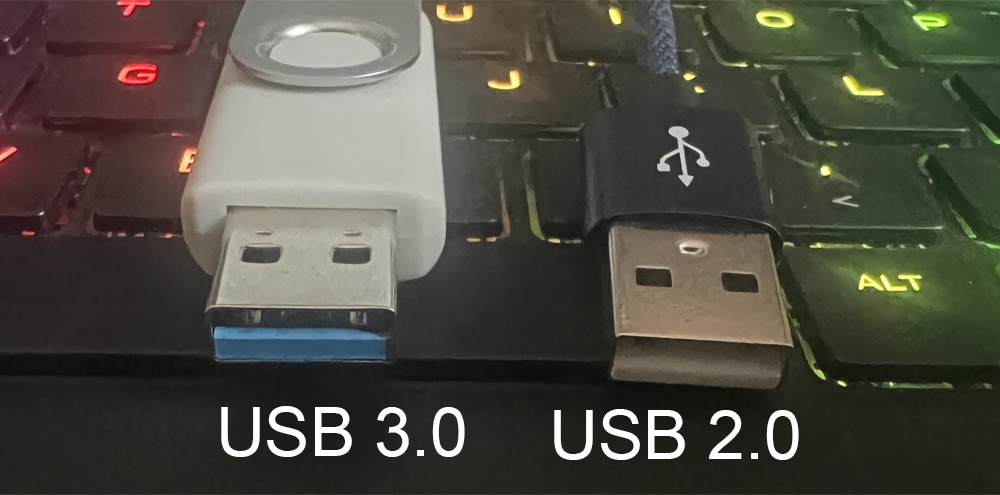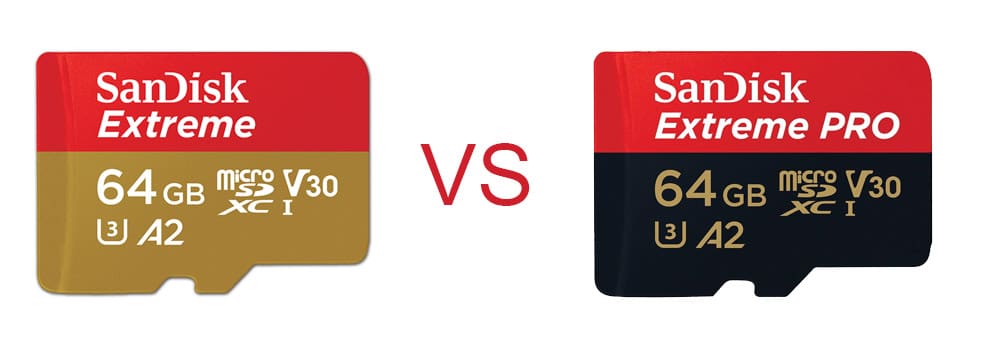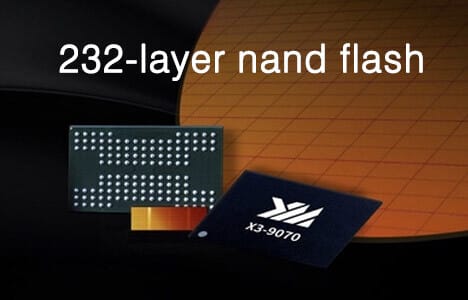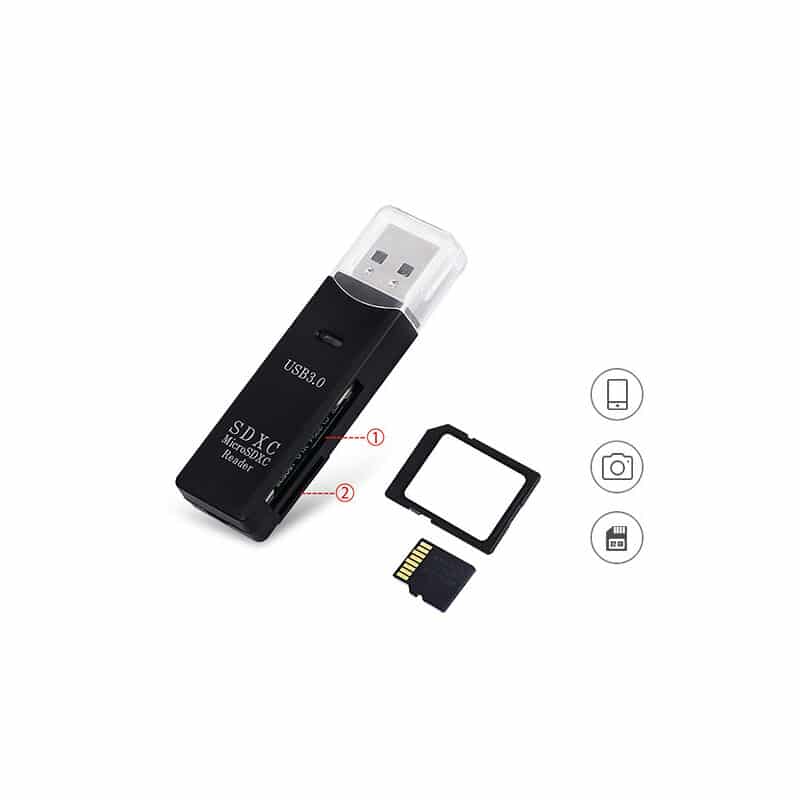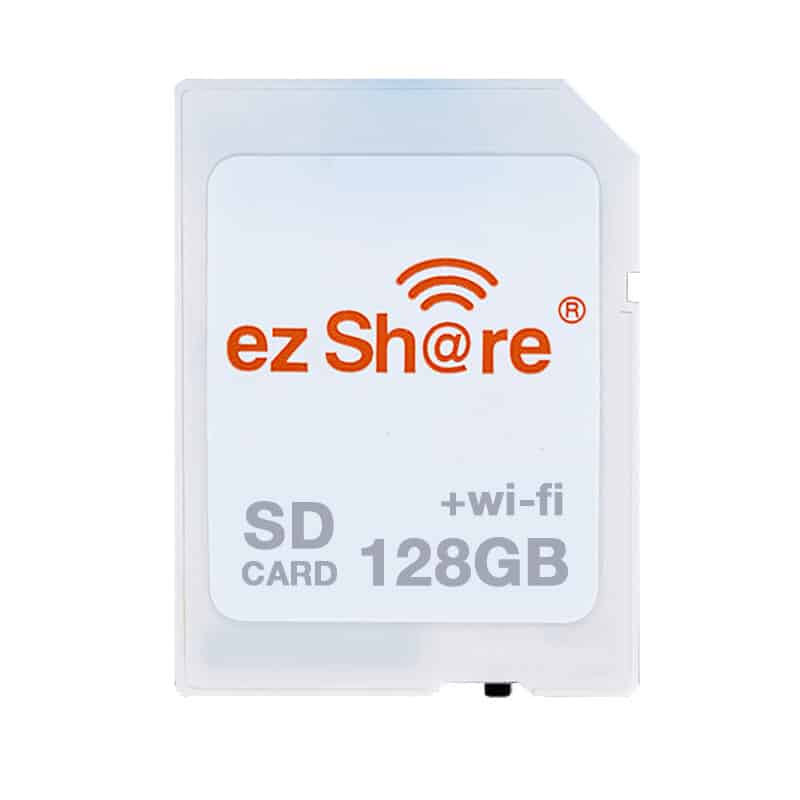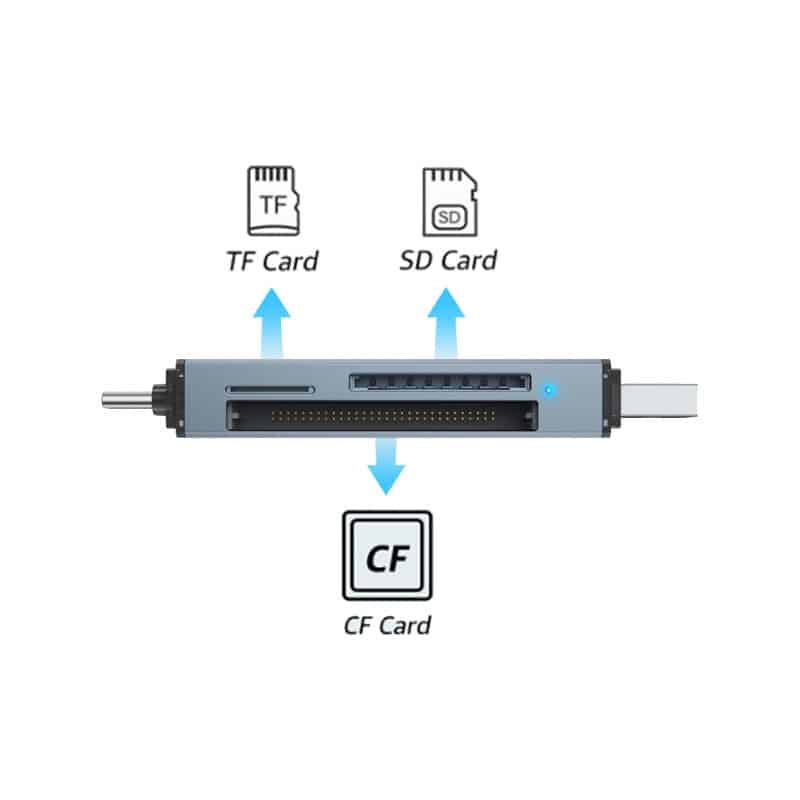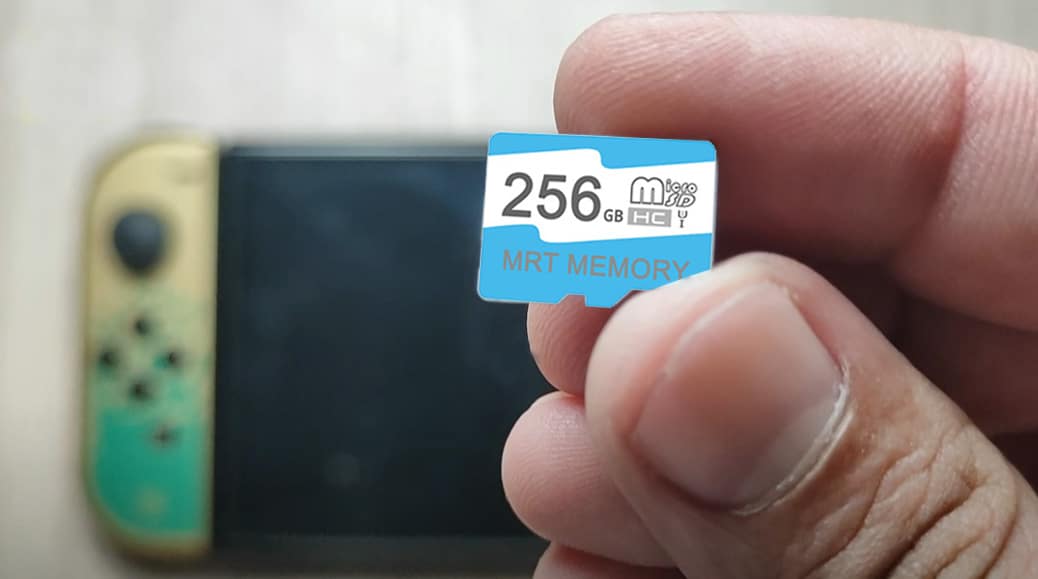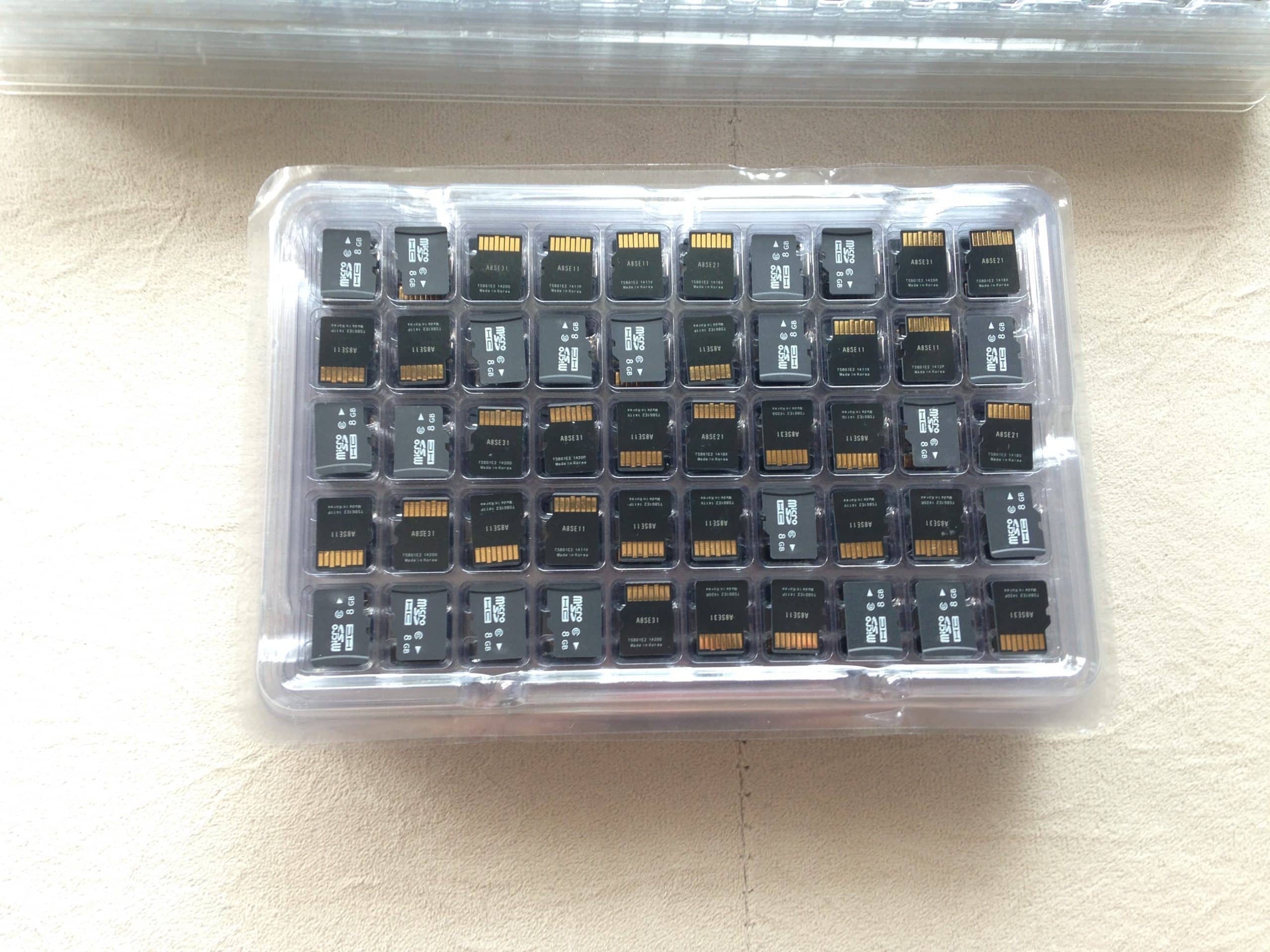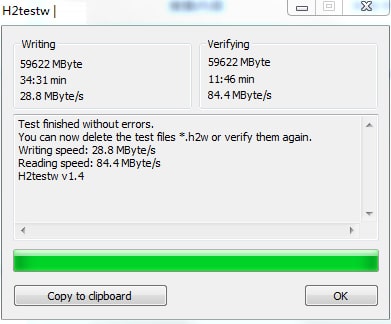How to Remove Write Protection from an SD Card?
When an SD card displays a write-protected error, it’s easy to feel stuck. But resolving this issue is simpler than you might think. This guide will help you remove Write Protection from SD Card, whether the cause is a lock switch or a software setting. With these steps, you’ll be saving files again in no time.
Understanding SD Card Write Protection
Write protection on an SD card prevents data from being altered. Knowing how this works can help you solve issues when they arise.

There are two ways write protection occurs:
The physical type uses a small switch on the side of the card. When this switch is down, the card locks.
Common causes include:
- A faulty or mispositioned lock switch
- Virus or malware infections
- Bad sectors or corrupted files
- System registry conflicts
- Operating system limitations
- Physical damage to the card
- Third-party software interference
If your SD card is write-protected, you’ll see clear signs. You won’t be able to:
- Copy or delete files
- Format the card
- Modify any stored data
In this locked state, the card becomes read-only. Recognizing these signs helps you determine if the issue is hardware-related or more complex.
Quick Physical Solutions
Let’s begin with the easiest physical methods to fix write protection on your SD card. These fixes often work without needing software.
Lock Switch
There’s a small lock switch on the left side of most SD cards. Lay it label-up on a flat surface and slide the switch upward to unlock it.
Note: If the switch won’t stay up, secure it with clear tape.
Adapter Troubleshooting
For micro SD cards, the adapter contains the lock switch. Sometimes, this switch becomes loose.
Try this:
- Remove the micro SD card from the adapter.
- Check if the adapter’s switch moves freely.
- Replace the adapter if it’s loose.
- Make sure the micro SD card fits properly.
Cleaning the Contacts
Sometimes, dirty or oxidized contacts cause write protection errors.
To clean them:
- Wipe the contacts with a soft, dry cloth.
- For oil, use a cotton swab with alcohol.
- Rub oxidation off with a pencil eraser.
- Be gentle while cleaning.
If these physical methods don’t fix the issue, we’ll move on to software solutions next.
Software-Based Solutions
If your SD card still has write protection after trying physical fixes, Windows tools can help. These software methods offer a more reliable solution.
Using Disk Management Tools
Windows comes with built-in tools for storage management. However, we’ll rely on easy command-line solutions for better, more reliable results.
Command Prompt Method
The Command Prompt method, using Diskpart, offers a powerful way to remove write protection.
Here’s how to proceed:
- Press Windows + R and type cmd
- In the Command Prompt window, type diskpart
- Enter the list disk to view all connected drives
- Locate your SD card by its size in the list
- Type select disk X (replace X with your SD card’s number)
- Enter attributes disk clear read-only
Important: Double-check the disk number to avoid modifying the wrong drive.
Registry Editor Fix
If Command Prompt doesn’t help, you can try the Registry Editor. But, be aware that improper changes could harm your system.
Follow these steps carefully:
- Press Windows + R and type regedit
- Navigate to: – HKEY_LOCAL_MACHINESYSTEMCurrentControlSetControlStorageDevicePolicies
- Look for “WriteProtect” value
- Change the value to “0”
If “StorageDevicePolicies” doesn’t exist:
- Right-click on “Control”
- Select New > Key
- Name it “StorageDevicePolicies”
- Create a new DWORD (32-bit) Value
- Name it “WriteProtect”
- Set the value to “0”
Accordingly, after applying any of these methods, restart your computer to ensure the changes take effect.
Safety Precautions:
- Backup your important files.
- Follow instructions carefully.
- Don’t alter the registry unless required.
- Close all programs that access the SD card.
Software fixes can often resolve write protection issues that physical fixes can’t. Double-check the drive you’re working with before proceeding.
Advanced Troubleshooting
When the easy fixes fail, advanced solutions are the next step. Specialized tools can often succeed when the simpler methods don’t.
Third-Party Write Protection Removal Tools
Supporting multiple storage devices, AOMEI Partition Assistant is a solid tool for removing write protection. Another option, MiniTool Partition Wizard, provides an easy interface for managing disk settings.
Be sure to:
- Backup your data
- Download software from trusted sources
- Scan for malware
Formatting Options
While formatting may seem serious, it can help solve persistent write protection problems.
Consider these options:
- Standard Format: Via Windows File Explorer
- Long Format: Useful for detecting bad sectors
- Low-Level Format: Provided by manufacturer tools If your SD card is failing, formatting is important. SD cards often default to write protection after reaching their maximum read/write cycles.
Data Recovery Steps
Certainly, data recovery should be your first priority before attempting any formatting procedures. Follow these steps to safeguard your files:
- Connect your SD card through a reliable card reader
- Run a malware scan to check for potential infections
- Use specialized recovery software for corrupted files
- Save recovered data to a different storage device
- Verify the integrity of recovered files
Critical Warning: Consider professional help if your SD card shows physical damage or constant errors. Your computer’s repair tools can sometimes fix issues behind write protection. They may not remove the lock entirely but can help you understand the problem.
If all attempts fail, assume the card is permanently locked. Retrieve what data you can, and replace the card.
Prevention Tips
Proper care is key to avoiding write protection problems on your SD card. Prevention saves time and effort compared to fixing issues later.
Best Practices for SD Card Usage
Proper SD card storage prevents damage and extends its life. A case protects against dust, moisture, and sunlight. Limit device-switching to lower corruption risks. Keep these practices in mind:
- Safely eject your card before removing it.
- Regularly backup data to secure locations.
- Keep devices and software up-to-date.
- Store the card in a cool, dry area.
Regular Maintenance Steps
Coupled with proper storage, regular maintenance ensures optimal performance. Follow these maintenance steps:
- Clean the card contacts gently with a soft, lint-free cloth
- Format cards in the camera before each use
- Maintain approximately 10% free space on your card
- Keep firmware updated for better compatibility
- Rotate multiple cards to distribute wear evenly
Warning Signs to Watch For
Spotting trouble early can save your memory card. Be alert to these issues:
- Write protection turning on for no reason.
- Sluggish read or write speeds.
- File transfer errors.
- Lost or corrupted data.
- Intermittent connections.
Leaving some space on your card improves performance. A full card can struggle with demanding tasks like 4K video recording.Smaller cards are safer than large cards. Larger cards are more vulnerable to corruption and have limited write cycles.Choose high-quality cards with wear-leveling features to ensure durability. These spread data evenly to avoid the overuse of individual cells.Keep your card safe from extreme temperatures, magnetic fields, and physical damage like bending or twisting.
Conclusion
SD card write protection often sounds more complex than it really is. Most problems are resolved through simple checks or fixes. Knowing your card’s protection features helps you quickly spot and solve issues.To avoid trouble, prioritize regular maintenance. Store your card in safe conditions, handle it with care, and back up your data often. Catching problems early also prevents bigger headaches.From locked switches to corrupted files, solutions exist for most issues. Begin with physical inspections, move to software solutions, and try advanced techniques if needed. Always prioritize securing your data during the process.Following these steps helps keep your SD card working smoothly and extends its life. If problems arise, you’re well-prepared to fix them and continue using your card without delay.

